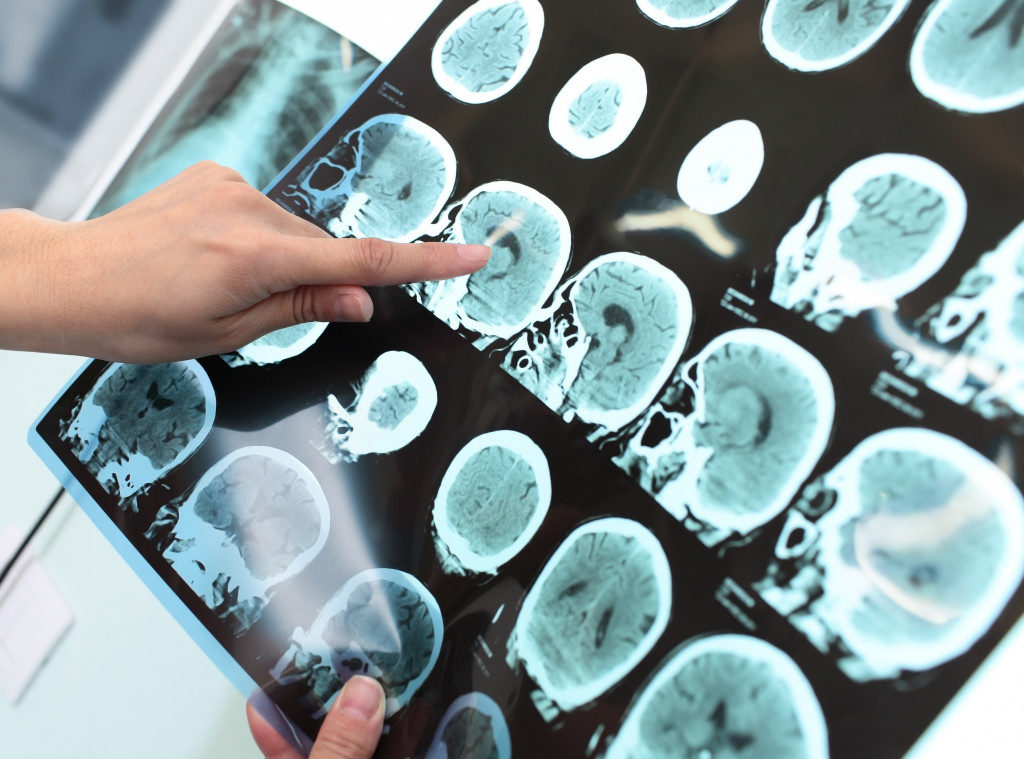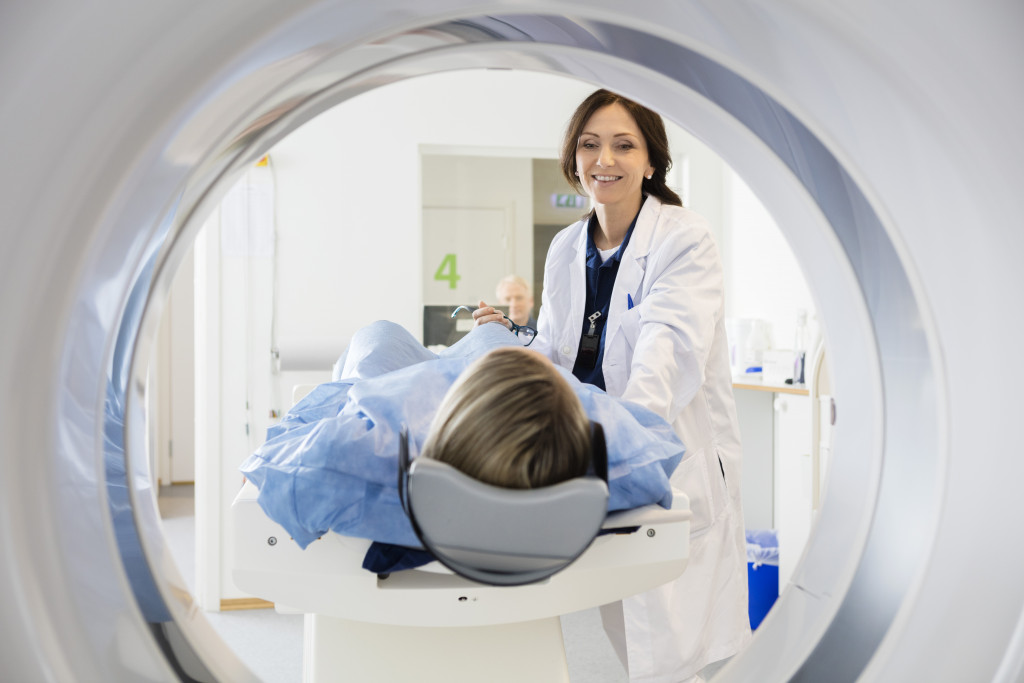
Magnetic resonance imaging, or MRI, is often used in medicine as one of its most valuable resources for properly diagnosing patients and monitoring their progress with treatments. MRIs see a variety of usage in scanning different zones in the body and are a go-to for doctors because of its non-invasive nature.
Once a patient is cleared to get it done, the only major setback that can get in the way is when patients start getting the nerves when undergoing a traditional MRI. Many measures are now being set in place during standard practice to help patients who feel nervous about having to sit still while the machine is working. But it can still be difficult and affect how smoothly the process is, depending on the calmness of the person. Further complications can result in a need to redo the whole ordeal or to sedate the patient, though doctors and technicians are more wary of this latter option because of its own inherent risks.
When One Option Closes
Thankfully, innovations have made way for the creation of the open MRI. In London, some centers have open MRI so that outpatients and hospitals alike can make use of this option for cases where the patient cannot handle the regular variant. This allows more ease and comfort while still offering the same functionality as the standard machine.
MRIs can provide more in-depth imaging than X-rays and CT scans and do so without the need for radiation. Why the traditional ones were built that way in the first place is to cater to the magnetic fields that can create such a distinctive and detailed picture. The open variation often comes in two forms – one with open sides all around aside from the scanner and the other standing with metal plates on either side of the patient with the ability to look out.
This makes it a variable option for those who are severely claustrophobic, have mobility issues, are morbidly obese, and even for small children. It’s also been used for those who suffer conditions that make it harder for them to remain in a confined space.
An Open Change

This iteration of the MRI also carries other benefits in the procedure because it is not as enclosed like the traditional form. Technicians have more room to adjust patients accordingly and capture the clearest image within one take. It also allows an authorized companion to stay in the area for specific situations. Some examples are the patient has debilitating anxiety, is a child that needs a parent present to remain calm, or has disorders that affect their mental faculties like dementia and the like.
The open MRI’s sounds are less affronting for the patient because of the more accessible build of the machine. These machines have their limitations in which areas they can scan with the same strength as the closed unit. However, they have become a useful resource in the medical world in getting crucial results while providing options that can help the patient’s comfort and mental well-being best.
